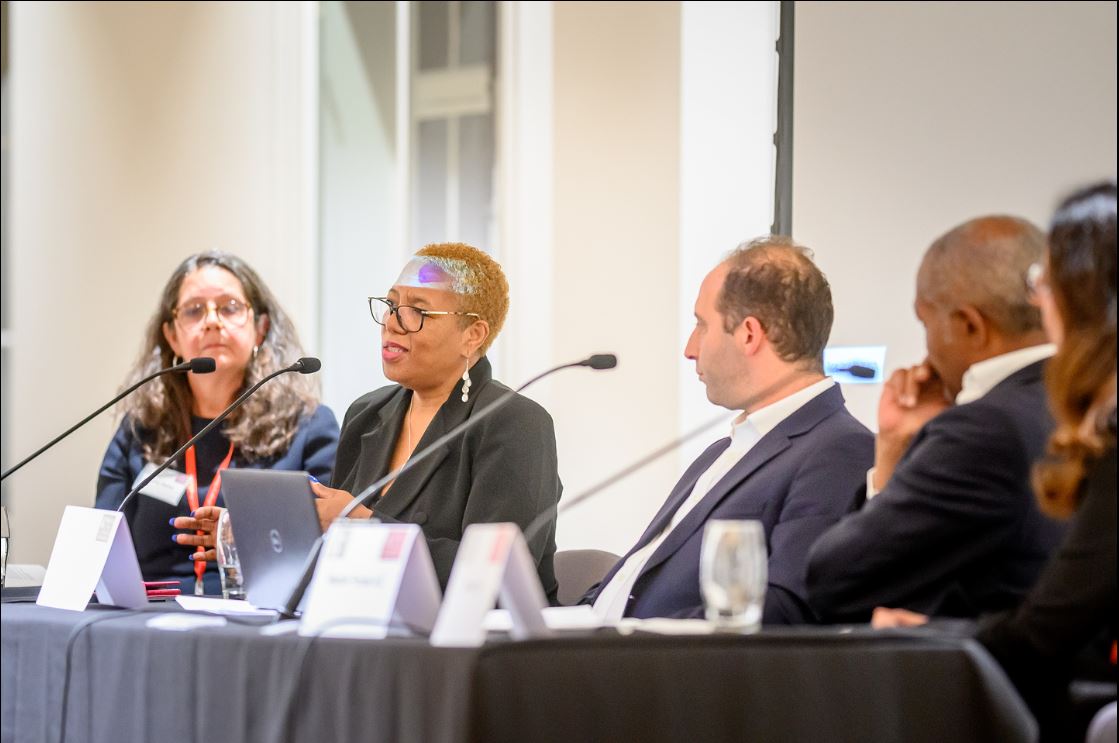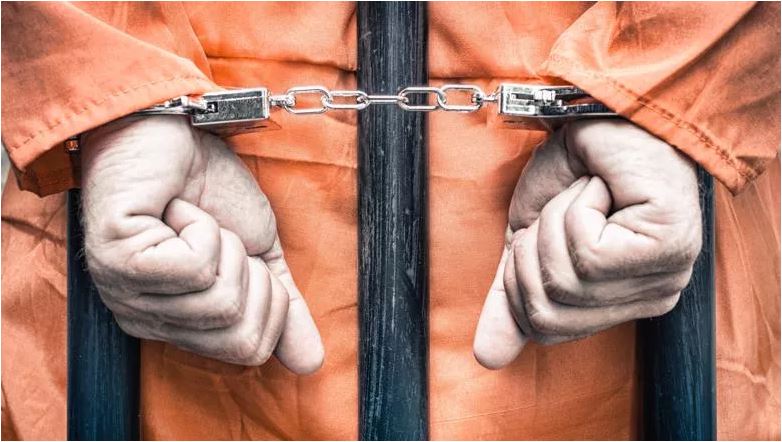On October 5th, 2022, King’s Legal Clinic, in collaboration with Southwark Law Centre and the Windrush Justice Clinic, hosted a panel of legal experts to explore whether the Windrush Compensation Scheme (WCS) is delivering on its promises of justice to the victims of the Windrush scandal.
The panel comprised of Martin Forde KC (the independent Advisor to the Windrush Compensation Scheme 2018 – 2021), Grace Brown (Barrister at Garden Court Chambers), Jeremy Bloom (Duncan Lewis Solicitor), Anna Steiner (Supervising Solicitor & Lecturer, King’s Legal Clinic, King’s College London), and Glenda Caesar (Windrush campaigner and survivor).
The first half of the event explored the key deficiencies of the WCS, the strategic legal challenges being made, and the critical areas of reform needed. The second half focused on the ongoing impact on claimants and the barriers they face in obtaining to access to justice.
Deficiencies of the Windrush Compensation Scheme and Reforms Needed
While the WCS is functional in terms of policy design, its ineffective implementation renders it toothless for victims seeking compensation for government wrongdoing. The panel identified two main issues with the scheme:
(1) Narrow interpretation of the scheme
The Home Office has consistently adopted a narrow interpretation of the scheme, especially in relation to the power to award discretionary payments. Indeed, while the scheme covers a range of losses (e.g. loss of access to employment; homelessness; impact on life), it also gives decision-makers the power to exercise discretion where established categories do not cover specific fact patterns. In practice, however, the power to award discretionary payments is rarely used – out of 1095 claims for discretionary payments, only 86 payments have been made, meaning that the success rate for these claims is less than 8 percent.
The reluctance of the Home Office to engage with the power to award discretionary payments constitutes one of the main obstacles towards the effective operation of the scheme. The mechanical approach adopted by decision-makers is inadequate for complex cases that do not fall under neatly delineated categories. In fact, cases often spill over multiple heads of loss at varying degrees. The latter means that the exercise of discretion by the decision makers is vital to reflect victims’ experiences adequately.
(2) Restrictive approach to evidence
The Home Office’s restrictive approach to evidence bars victims from seeking their entitled compensation. Indeed, the approach places unreasonably high standards of proof and attaches significant weight to certain types of evidence. Furthermore, the decision-makers’ devaluation of testimonies and hyperfocus on rigid evidence negates the scheme’s effectiveness. This is especially true when considering the circumstances of Windrush victims, who often don’t have access to the type of documents that they are being asked to produce.
The Home Office’s evidentiary approach becomes particularly paradoxical once one understands the government’s role in the evidentiary gap and the lived realities of claimants. Indeed, the Home Office itself has consistently failed to preserve records that would have accelerated the processing of compensation claims. Beyond mere omissions, reports have demonstrated the Home Office’s active role, such as the destruction of thousands of landing cards recording the arrival dates of the Windrush generation in the UK, during Theresa May’s tenure as Home Secretary. Furthermore, the burden of proof imposed on victims is onerous and does not take into account the fact that most people would have seen no need to hold on to such documents from many years ago as they had no need for them at the time and did not foresee the fact that the introduction of the hostile environment would mean they would be required to verify their legal right to live and work in the UK, when this had not been questioned previously. In addition, some claimants suffer harsh living conditions and psychological and physical trauma induced because of government wrongdoing itself.
Impact on Victims and Access to Justice
The impact of the Windrush scandal on victims is beyond measure. The audience was fortunate enough to hear the testimony of Windrush campaigner and survivor Glenda Caesar. Glenda arrived with her mother in the UK in 1961 from Dominica “as a babe in arms.” She first found out she wasn’t British and could not get a passport after trying to visit her dying mother in the Caribbean in 1998. In 2009, Glenda was sacked from her part-time job as a GP practice administrator because she wasn’t considered “British.” She became a victim of the government’s hostile environment policy. Unable to work or claim benefits for the following ten years, she was forced to rely on her children for support. These living conditions heavily impacted Glenda’s mental health and that of her family members, breaking family bonds and pushing individuals to contemplate suicide.
After filing a compensation claim under the scheme, the Home Office offered Glenda a mere £22,000 for over ten years of unemployment without benefits due to government wrongdoing. Glenda refused the compensation offer, considering it an additional insult to her humanity. After experiencing the dysfunctionalities of the scheme, she started campaigning for Windrush victims and their claims for justice. She says the scheme does not operate for the victims and puts them through additional trauma.
In her co-written report “The Windrush Compensation Scheme: Unmet Need for Legal Advice,” Anna Steiner explores issues of access to justice related to the scheme, with the objective of informing policy and campaigning for victims. The data indicates that the scheme is too complex to complete without legal advice and that the support provided by the Home Office is insufficient. Outside the Windrush Justice Clinic network, the report found very few sources of free and easily accessible legal advice for WCS claimants. Decades of legal aid cuts have exasperated access to justice issues and relegated victims to a subclass of human existence where the computer says “no,” and the government does not care.
One Windrush victim partaking in the research says it best: “From my experiences with the Windrush Compensation Scheme/Home Office, and their responses to my claim, it is almost like they are telling me the following: We are really, really, sorry for punching you in the face, however, we are sure you’ve recovered now, it wasn’t that bad of a punch, so here is another punch in the face, but don’t worry about that one, because you’ve already recovered, please accept some tape and cotton wool to make a plaster out of.”
By Laurent Sammouri


Recent Comments